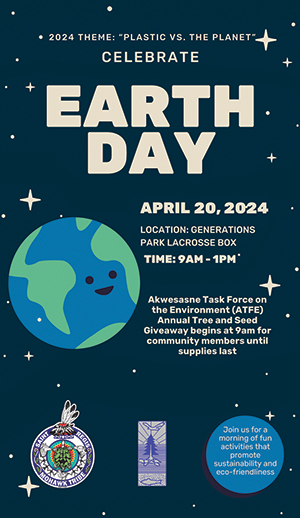Hibernation
Submitted by Paul Hetzler
Offhand I can’t think of a lot to say in defense of envy, greed, and gluttony, but sloth is different. Some creatures’ lives depend on sleeping for half the year, a fact which I vainly tried to conceal from my teenage children. Survival strategies of bats, woodchucks and other animals include long periods of sloth. Ironically, sloths don’t hibernate.
If hibernation is loosely defined as a period of inactivity and lowered metabolism in warm-blooded animals (endotherms) in winter, then many of us in northern latitudes do it. Of course, there’s more to it than that. Turns out that among biologists, the exact definition was a matter of debate until a couple decades ago.
It used to be a term reserved for “deep” hibernators whose core temperatures and heart rates drop to a tiny fraction of their summer values. A good example would be certain Arctic rodents that get slightly below 0 degrees Celsius or 32 Fahrenheit. Now it’s applied to any animal that can actively lower body temperature and metabolism. Actively lowering one’s metabolism sounds like an oxymoron, but let’s not resort to name-calling.
Cold-blooded animals or ectotherms like frogs and snakes also become dormant in winter. It’s basically the same as hibernation, except that biologists call it brumation. This is because jargon makes nerdy science-lovers feel better, so please humour them (us) so they keep up their good work.
With ectotherms, you could say hibernation happens; they don’t “do” it. Even if they don’t need to work at it like mammals do, their torpor is still impressive. Some frogs, turtles and fish can overwinter in mud essentially devoid of oxygen, and are no worse for the wear come springtime.
Most hibernators modify their schedules according to the weather: if it stays mild into November, black bears and chipmunks den up later than usual. But some animals, known as obligate hibernators, doze off according to the calendar. Even if you took a European hedgehog to Aruba for the winter, it would go narcoleptic at the same time as its mates did back in the Scottish Highlands.
Until recently, bears didn’t make the hibernator list, but now they’re lumped in with those ground- dwelling popsi-squirrels in the frozen-mammals section of the Arctic winter. Bears in the far north may not eat or drink for up to eight months, using stored fat for hydration and energy. If we were inert for that long our muscles would waste away, but they have ways to manage proteins so their muscles don’t atrophy.
In hot climates, summer is the unbearable season, and some animals sit it out by hibernating, except that’s not what it’s called. Naturally biologists coined a word for summer torpor: estivation is the proper term for hot-weather snoozing. Who does this? Some desert-dwelling frogs surround themselves with a mucus “water balloon” to wait out dry spells. African lungfish have a similar trick for when their ponds temporarily dry up.
More surprising is that at least one estivator is a primate, as we are. The fat-tailed dwarf lemur of Madagascar stays in a hollow tree for half the year until the heat’s off. If a close relative of ours can go dormant, then what about us? Science-fiction movies have depicted astronauts waking after years of travel, and this may be another instance where what’s imagined today becomes real tomorrow.
NASA announced in 2014 that they’re looking for a way to place the crews of multi-year space missions into suspended animation for three to six months at a time. Presumably this is so Mission Control won’t have to listen to incessant “Are we there yet?” whining from the back of the spaceship.
Though stories of human hibernation abound, documented cases are rare. Occasionally someone falls through ice and is revived hours later with no evident brain damage or other long-term effects. This can happen when body temperature drops very fast, as it would if submerged in ice water.
If body temperature falls slowly, hypothermia usually results, ending in death if continued. Apparently there are exceptions. One instance happened in 2006 when an injured hiker spent three frigid weeks on Mount Rokko in western Japan with no food or water. His temperature had fallen to about 22 Celsius or 72 F, yet he made a full recovery.
Scientists will continue to study hibernation for its medical applications. But if you’re not a winter person, don’t pretend to hibernate by being slothful, just grin and, you know. Bear it.
A longtime naturalist, Paul Hetzler has been an ISA-Certified Arborist since 1996, and is a member of ISA-Ontario, the Canadian Institute of Forestry, and the Society of American Foresters. His book “Shady Characters: Plant Vampires, Caterpillar Soup, Leprechaun Trees and Other Hilarities of the Natural World,” is available on amazon.com






Reader Comments(0)